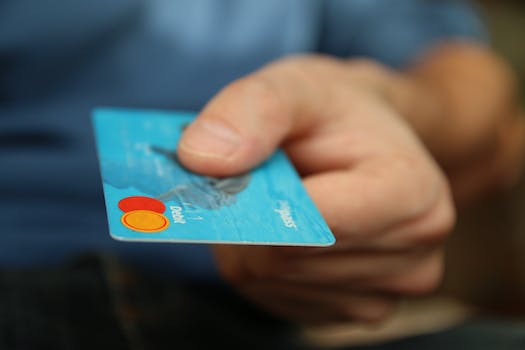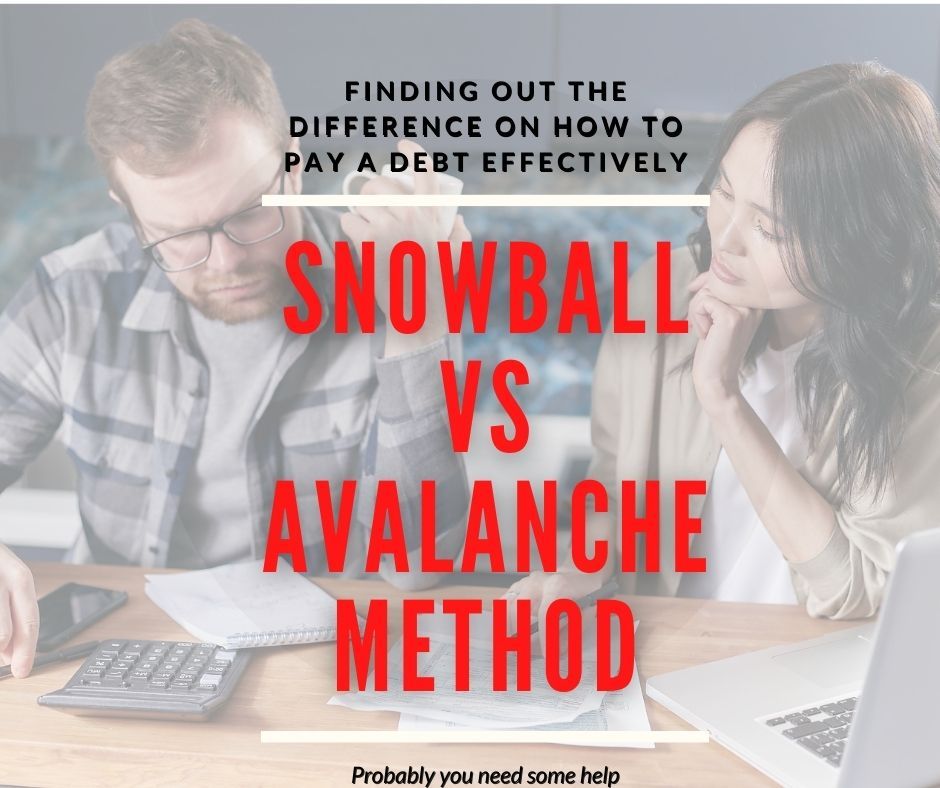Debt can be a major source of stress and anxiety for many people. Whether it’s credit card debt, student loans, or medical bills, debt can feel overwhelming and make it difficult to achieve financial goals. But with the right strategies and mindset, it’s possible to get out of debt and stay debt-free. In this blog post, we’ll share some debt tips to help you take control of your finances and build a solid financial foundation for the future.
Table of Contents
ToggleCreate a Budget
The first step in getting out of debt is to create a budget. A budget will help you understand where your money is going and identify areas where you can cut back on spending. To create a budget, start by listing all your sources of income and your monthly expenses. Make sure to include everything from rent/mortgage payments and utility bills to groceries and entertainment expenses.
Once you have a clear picture of your income and expenses, identify areas where you can cut back. For example, you might be able to save money by cooking at home instead of eating out, or by canceling subscription services you don’t use. Be sure to set aside a portion of your income for debt repayment, and make sure that your total expenses are less than your income.
Prioritize High-Interest Debt
If you have multiple debts, it’s important to prioritize them based on interest rates. High-interest debt, such as credit card debt, should be paid off first, as it will accrue interest more quickly than other types of debt. To prioritize your debts, make a list of all your debts and their interest rates. Then, focus on paying off the debt with the highest interest rate first, while making minimum payments on your other debts.
As you pay off your high-interest debt, you can move on to paying off your other debts. This strategy, known as the debt avalanche method, can help you save money on interest and pay off your debts more quickly.
If you have multiple debts with high interest rates, you may want to consider debt consolidation. Debt consolidation involves combining all your debts into one loan with a lower interest rate. This can make it easier to manage your debts and save money on interest.
There are several ways to consolidate your debts, including:
Balance transfer credit cards
These credit cards allow you to transfer your existing credit card balances to a new card with a lower interest rate.Personal loans
You can take out a personal loan to pay off your debts, and then make one monthly payment on the loan.Home equity loans or lines of credit
If you own a home, you may be able to use your home equity to pay off your debts. However, this option should be used with caution, as you are putting your home at risk if you can’t make your payments.
Negotiate with Creditors
If you’re struggling to make your debt payments, you may be able to negotiate with your creditors to lower your interest rates or set up a payment plan. Many creditors are willing to work with borrowers who are experiencing financial hardship, as it’s in their best interest to get their money back.
Before you contact your creditors, make sure you have a clear understanding of your financial situation and what you can afford to pay. Be honest about your situation, and explain why you’re having difficulty making your payments. Your creditors may be willing to work with you to come up with a payment plan that works for both of you.
Build an Emergency Fund
One of the best ways to avoid getting into debt in the future is to build an emergency fund. An emergency fund is a savings account that you can use to cover unexpected expenses, such as car repairs or medical bills. By having an emergency fund, you can avoid having to rely on credit cards or loans to cover these expenses, which can help you stay debt-free.
To build an emergency fund, start by setting a savings goal. Aim to save enough to cover three to six months’ worth of living expenses. Then, set up a regular savings plan to contribute to your emergency fund each month. You can automate this process by setting up an automatic transfer from your checking account to your savings account.
Finally, one of the most important things you can do to stay debt-free is to change your spending habits. It’s easy to fall into the trap of overspending, especially when you’re trying to keep up with friends or meet societal expectations. But by prioritizing your financial goals and being mindful of your spending, you can avoid getting into debt in the first place.
Some tips for changing your spending habits include:
Avoid impulse purchases:
Before making a purchase, take some time to think about whether it’s something you really need or want.Use cash or a debit card:
Using cash or a debit card can help you avoid overspending on credit cards.Avoid lifestyle inflation:
As your income increases, it’s tempting to upgrade your lifestyle. But by avoiding lifestyle inflation and continuing to live below your means, you can save more money and avoid getting into debt.
By following these debt tips and being mindful of your spending habits, you can take control of your finances and build a solid financial foundation for the future. Remember that getting out of debt and staying debt-free takes time and effort, but it’s worth it in the end. With the right strategies and mindset, you can achieve your financial goals and live a life free from the burden of debt.
Check out our post on 2 ways to help you get out of debt




